You should keep a regular check on your Vaillant boiler to prevent issues later on. One thing to look at is the boiler pressure gauge. In the green zone or around 1.3 – 1.5 bar is good. Sometimes the pressure can get too high, and keep rising to 3 bar. Although not catastrophic, it can indicate a bigger problem about to happen.
Causes of boiler pressure rising too high
Boiler pressure going really high is a common issue with Vaillant boilers. It’s mainly caused by the expansion vessel losing its factory 1 bar charge over time. This results in dramatic pressure rises when the heating is on as the vessel can’t properly absorb expanded water volume. Recharging or replacing the vessel will fix it.
If your boiler pressure is too high, let the system cool completely then recheck it. If pressure stays excessive when cold, call a Gas Safe engineer right away to service the boiler and fix the problem. Do not run the boiler with high pressure, as it can dangerously leak or explode. Have a professional handle it.
High boiler pressure isn’t dangerous but can stop you from getting hot water and heating. There is an increased chance of leaks in the heating system. The most common causes of high pressure are too much water in the system, the expansion vessel losing its charge, and failing boiler parts. You should know how to reduce pressure from your boiler.
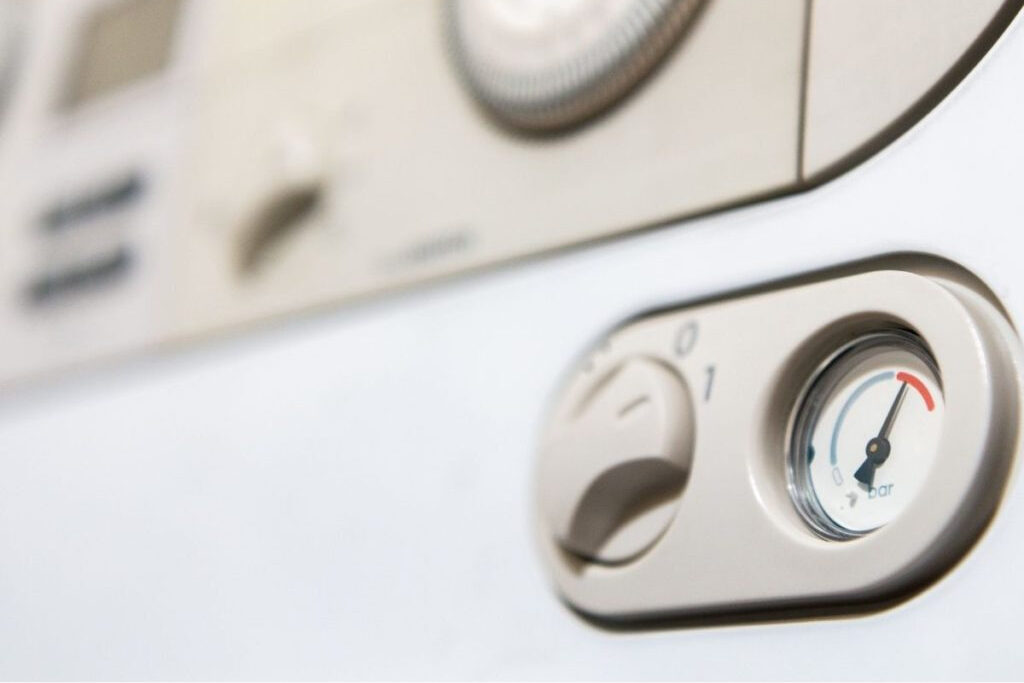
Is 3 bar boiler pressure too high?
High boiler pressure rising to 3 bar, although not dangerous can indicate another problem that may occur. For safety reasons, Vaillant boilers try to maintain pressure less than 3 bar as much as possible.
The pressure relief valve (PRV) is there as a failsafe in case the pressure within the combi boiler system exceeds 3 bar. In which case it will discharge before any damage is done to the internal workings of the boiler.
Why Does My Vaillant Boiler Keep Losing Pressure? Causes
In most modern Vaillant boilers, the pressure relief valve is usually located near the boiler’s main heat exchanger or within the boiler’s hydraulic assembly.
What is normal boiler pressure?
The ideal boiler pressure is between 1 to 1.5 bars when the heating is off. The pressure will rise anywhere up to 2.5 bars with the heating on and this is normal for most boilers. If pressure rises by more than 1 bar when the heating is on, the expansion vessel may require repressurising.
Vaillant boiler’s user manual will also state the ideal pressure and they usually mark the safe zone on the pressure gauge in green and the unsafe in red.
Troubleshooting high boiler pressure also applies to high Vaillant boiler pressure issues.
How to check boiler pressure
First, locate the pressure gauge on the front of or underneath your Vaillant boiler. It is a round dial usually found under the control panel. The dial shows the pressure reading in bars from 0 = no pressure, to 4 – very high pressure. The needle will point to the pressure reading both when the boiler is running and when it is idle.
Topping up pressure properly is key to fixing high Vaillant boiler pressure.
Symptoms of high boiler pressure
If boiler pressure gets too high, it goes into the red zone and the boiler can develop faults due to the extra strain on the system. Certain parts within the boiler become prone to cracks and seals start breaking, resulting in water leaks. The boiler, if still running, becomes inefficient and has to work harder to get to the required temperature.
Vaillant Boiler Won’t Turn Off: Common Problems And Fixes
Boiler overflow pipe dripping outside house
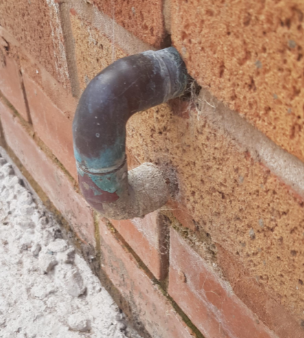
A sign of pressure build-up is the boiler overflow pipe outside the house dripping water. The overflow pipe is usually made of copper and goes through the outside wall. It can leak when the pressure release valve it is connected to in the boiler is either faulty due to sludge buildup or is not fitted correctly.
How can boiler pressure rise too high?
1. Too much water in the system
When the pressure goes down in the central heating system for whatever reason, and you use the filling loop to re-pressurise it, the system can be overfilled, especially as you top up the water when the system is cold.
The filling valves may have been left open slightly by accident which lets water continue filling the system slowly. Or they are faulty and not closing properly.
Vaillant Boiler Keeps Turning Off: Simple Causes
2. Valves have failed
The valves used for filling could themselves fail, even if you have shut the handles tight. One of them could not be shutting down properly and the other letting water by which would go through the filling loop and pressurise the boiler.
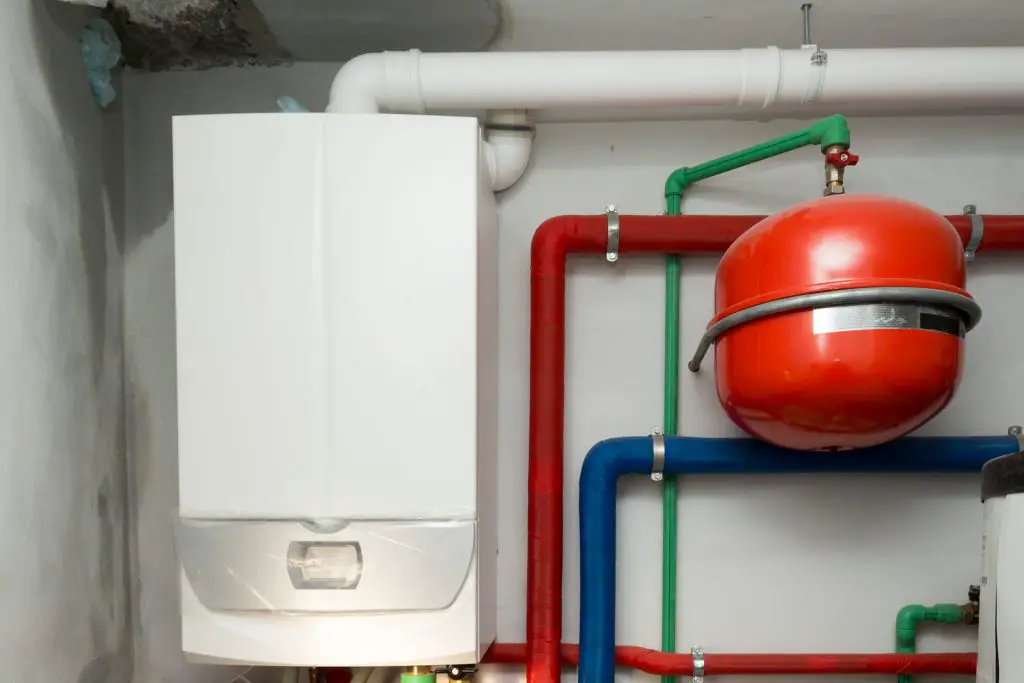
3. Expansion vessel problem
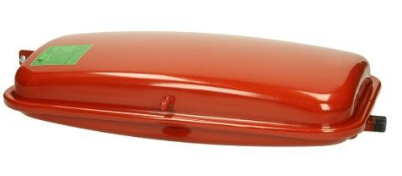
Even after the pressure comes down on the boiler, if you find it goes back up again, this would indicate a problem with the expansion vessel inside the boiler. It may need servicing by being charged up or even replacing and a gas safe registered engineer will need to look into it.
YourRepair is a leading independent, national provider of boiler and home care plan, and kitchen appliance care plan for homeowners and landlords. They offer fixed prices for up to three years on home and boiler care, regardless of how many claims are made.
They are consistently rated excellent by their customers. As a family business with a gas engineering background, they deliver a personal, friendly service with a reputation built on trust, competitive prices and speed. Click here for more details on our recommended page.
4. Undersized expansion vessel
A large house with a big heating system usually requires a bigger expansion vessel. Normally, those within boilers don’t have a very large capacity and so may be undersized for the house.
Vaillant Boiler Not Firing Up: Problems And Cures
You may need to install an additional Expansion Vessel outside of the boiler otherwise the high pressure problem can reoccur.
5. Failing boiler parts
Although the whole system is connected, the main boiler parts that closely relate to boiler pressure that can become faulty and cause high pressure are the pressure release valve, expansion vessel, diverter valve and filling loop.
The engineer will check these closely when called out to this fault finding job.
What should boiler pressure be when heating is on?
The pressure gauge on a boiler will show anywhere between 1 and 2.5 bar when the heating is turned on. The upper limit will be shown on the green zone of the pressure gauge . It is important the boiler doesn’t stay over this limit. Each manufacturer sets its own upper limit and for Vaillant boilers, it is around 3 bar.
3 ways to reduce boiler pressure
The following are the simple steps you can take to reduce your boiler pressure:
Use the magnetic filter on your boiler system
- Close the filling loop properly so no more water enters into the heating system
- Check the gauge to see if it’s showing pressure 2 bar or higher
- Turn off the boiler completely and let the system cool down
- Locate the valve at the bottom of the filter, and place a bucket under it
- Open the valve to let water out which will reduce the pressure on the gauge
- When pressure goes down to 1 bar, close the valve
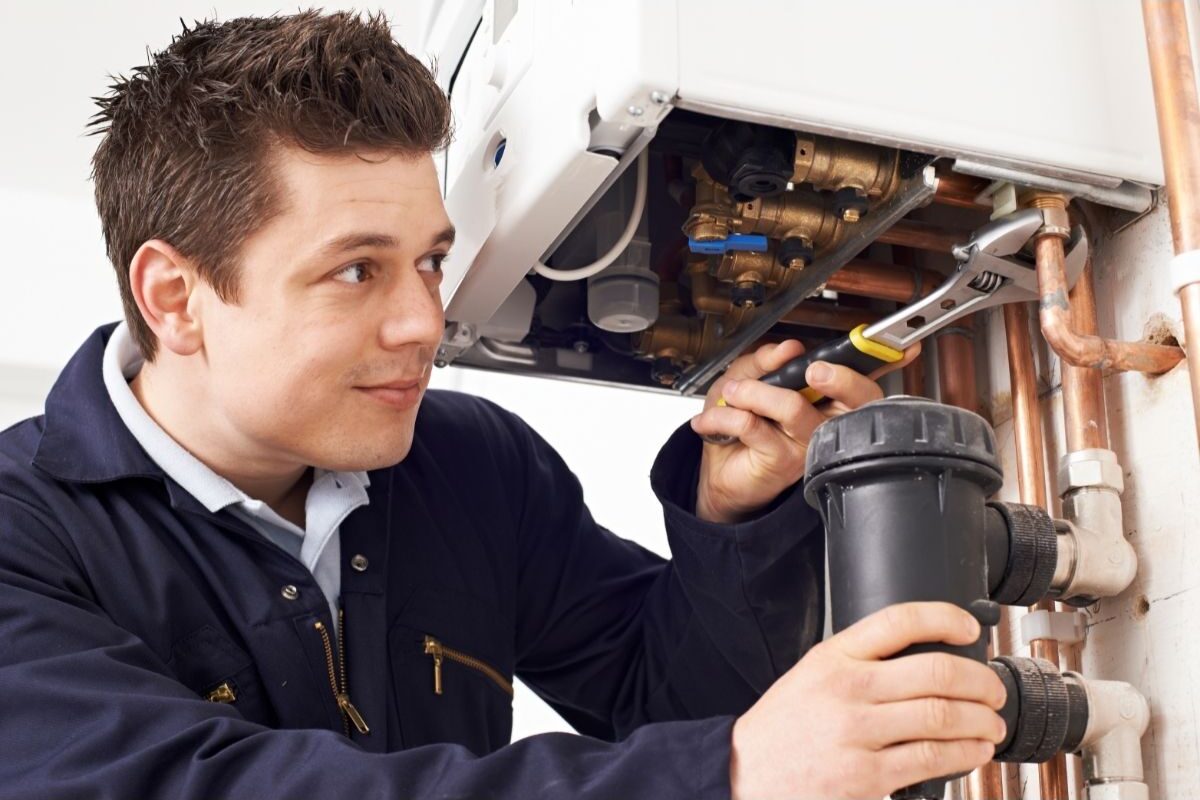
The above method is the quickest way to get water out of the system. But not all boilers have a filter with them so the next method is also quick to do. You will probably need a spanner to open the valve:
Use the drain off valve
- Close the filling loop properly so no more water enters into the heating system
- Check the gauge to see if it’s showing pressure 2 bar or higher
- Turn off the boiler completely and let the system cool down
- Locate the drain off valve which is usually fitted on the pipework near a radiator at the lower part of the heating system, usually downstairs in a hallway near a door.
- Put a container underneath the drain off valve ready to collect water
- Undo the valve (might need a spanner) on the drain off to release water
- When pressure reaches 1 bar, close the valve
The next method is mostly used to get rid of trapped air in the radiators but can also be used to drop the boiler pressure. It is a slower method overall though
Vaillant Boiler No Hot Water: Common Reasons And Fixes
Steps to bleed a radiator to reduce boiler pressure
- Close the filling loop properly so no more water enters into the heating system
- Check the gauge to see if it’s showing pressure 2 bar or higher
- Turn off the boiler completely and let the system cool down
- Find the most convenient radiator to work with and place a container underneath the bleed valve
- Open the valve with a radiator key but resist the urge to open the valve too much as it can actually shoot out with all the water in the system, causing a mess
- When pressure goes down to 1 bar, close the valve
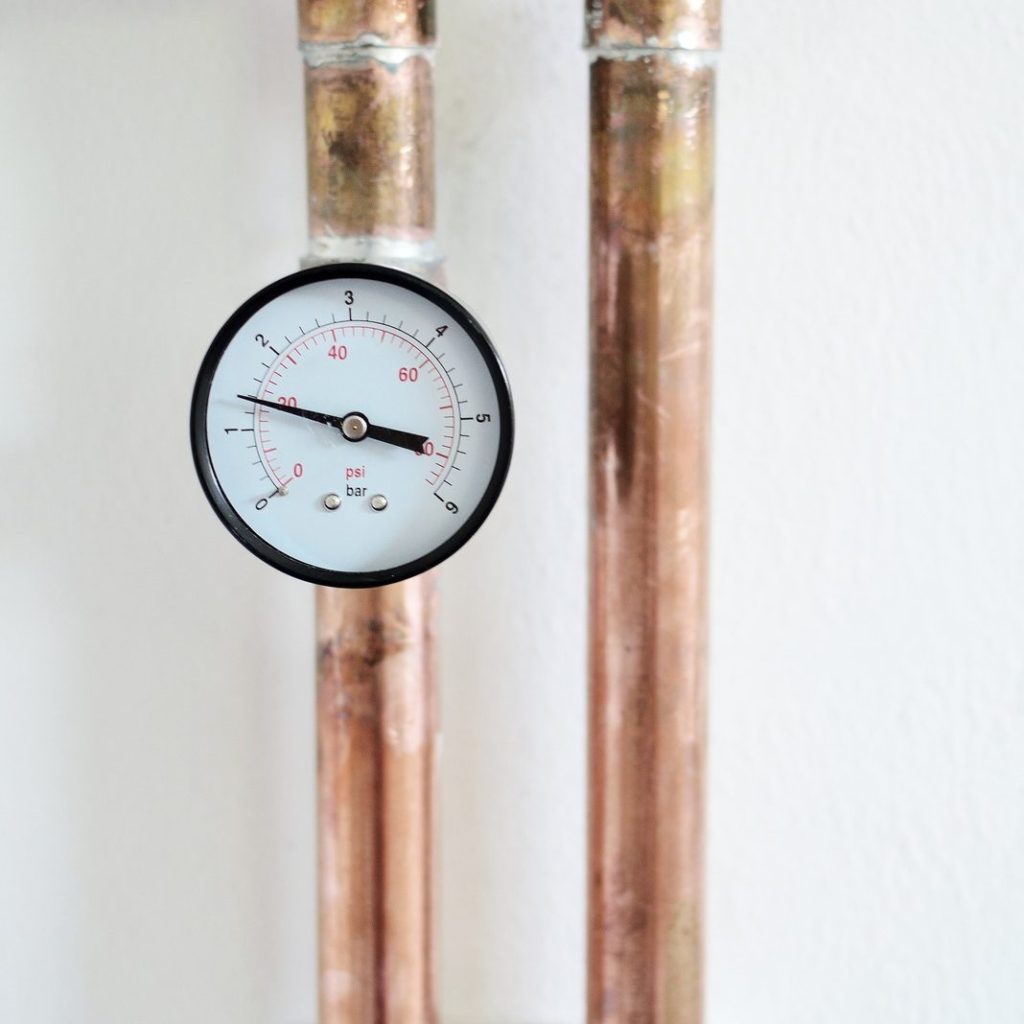
When the boiler pressure has come down and the heating is off
With the system cold, you should be aiming for 1bar pressure. The pressure may rise a bit as the system heats up and the water expands but it should only go up a small amount, to 1.3 or 1.4bar.
Rather than calling out an engineer time and again, you can look into getting an annual boiler cover plan which has unlimited call outs and parts and labour included.
We recommend Hometree if you want to take out an annual boiler cover plan.
Hometree’s aim is to take the stress out of boiler servicing and home maintenance with unlimited call-outs and a 24/7 helpline, as well as a no price-hike promise. Click here for more details on our recommended page.
Vaillant Combi Boiler Hot Water Goes Cold: Problems And Solutions
Summary
There are many reasons why you might see the pressure rising to 3 bar on your Vaillant boiler.
- Too much water in the system.
- Valves failure.
- Expansion vessel has lost charge.
- Undersized expansion vessel.
- Failing boiler parts.
Related Articles:
*The information in this article should be used for general guidance only and not as financial or health advice. Full details are on the link in the footer to our disclaimer page. Always discuss your requirements with a competent and suitably qualified professional before undertaking any work.
